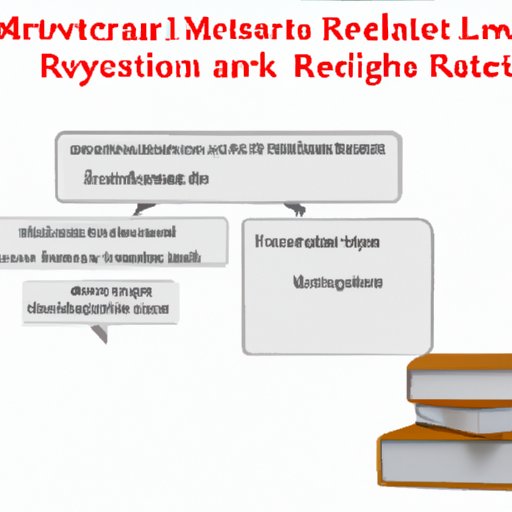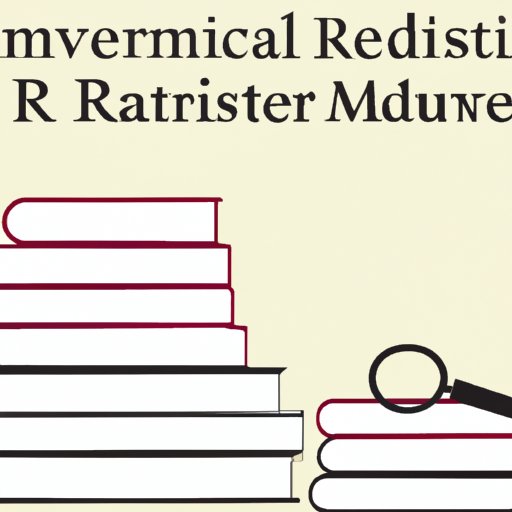Introduction
A literature review is a critical summary and analysis of existing research on a particular topic. It is used to gain an understanding of the current state of knowledge on a topic, identify any gaps in the existing research, and provide a context for the new research that will be conducted. Writing a literature review can be a daunting task, but with the right approach it can be manageable and even enjoyable.
Outlining the Main Points of the Literature Review
The first step in writing a literature review is to outline the main points you want to make. This involves identifying relevant topics and key ideas related to your research question. Once you have identified these topics, you must explain why they are important and how they relate to your research question. This will help to ensure that your literature review remains focused and organized.

Identifying Key Themes or Trends in the Existing Literature
Once you have outlined the main points of the literature review, you can begin to analyze the existing body of literature on the subject. This involves looking for common themes or trends in the research and examining the strengths and weaknesses of the existing studies. For example, you may find that there is a lack of research on a particular topic or that the methods used in previous studies were not optimal. By identifying and analyzing these issues, you can better understand the current state of knowledge on the topic.

Explaining the Methodology for Conducting the Literature Review
Once you have identified the key themes or trends in the existing literature, you must then explain how you plan to conduct the literature review. This includes outlining the search strategies you will use to locate relevant studies, the selection criteria you will use to determine which studies are included in the review, and the data analysis techniques you will use to evaluate the studies. These steps are essential for ensuring that your literature review is thorough and accurate.

Discussing Implications of the Literature Review Findings
The final step in writing a literature review is to discuss the implications of your findings. This involves exploring the potential implications of the literature review for future research and for practical applications. For example, you may find that there is a need for further research on a particular topic or that the findings of the literature review could be used to inform policy decisions. By discussing the implications of your findings, you can provide valuable insight into the research you have conducted.
Conclusion
Writing a literature review can be a challenging but rewarding task. By following the steps outlined above, you can ensure that your literature review is thorough, organized, and up-to-date with the latest research. From outlining the main points to discussing the implications of the findings, this guide has provided a comprehensive overview of how to start a literature review.
(Note: Is this article not meeting your expectations? Do you have knowledge or insights to share? Unlock new opportunities and expand your reach by joining our authors team. Click Registration to join us and share your expertise with our readers.)
